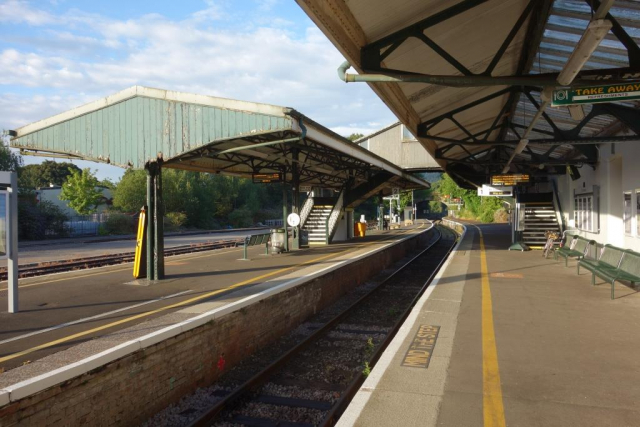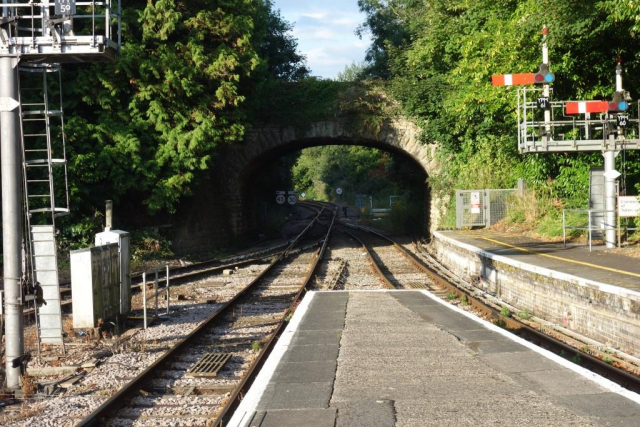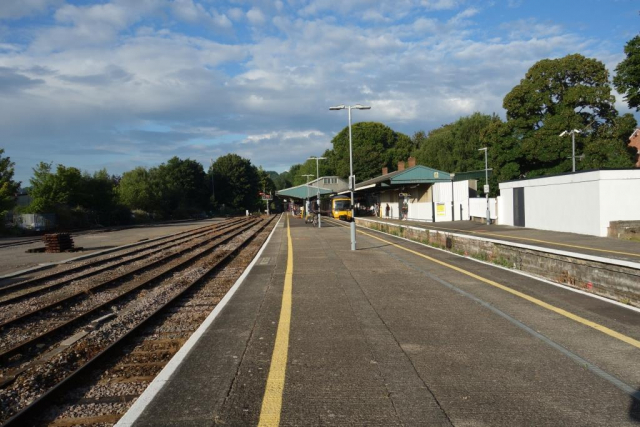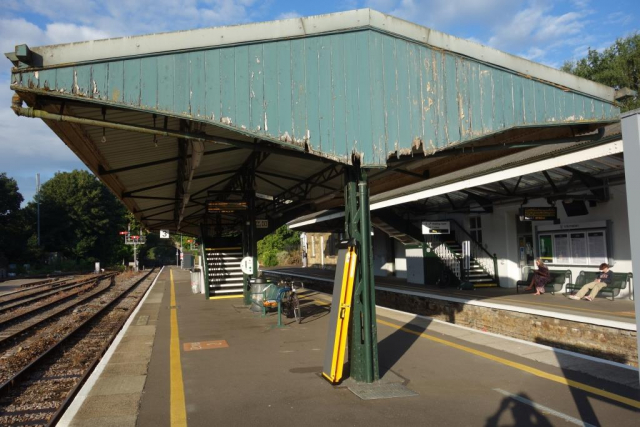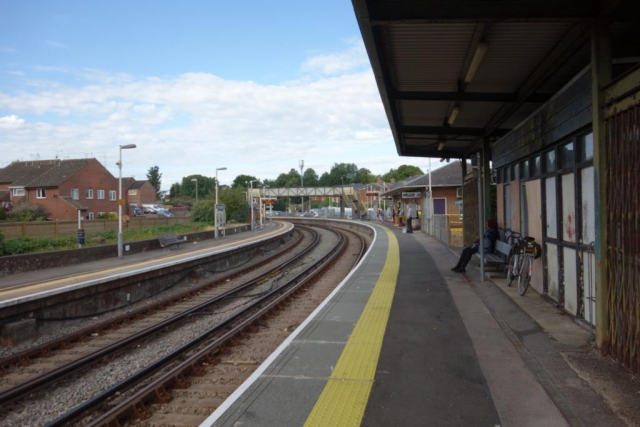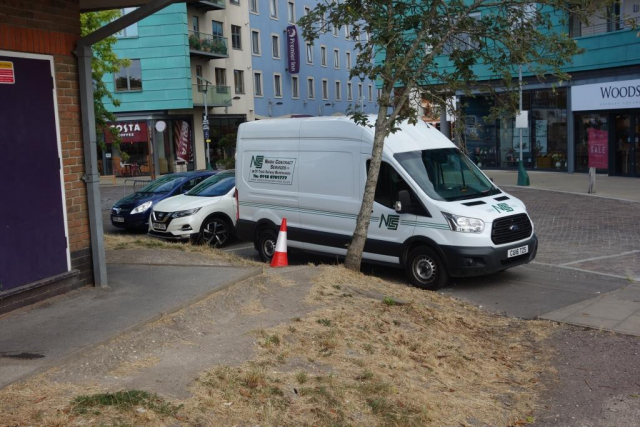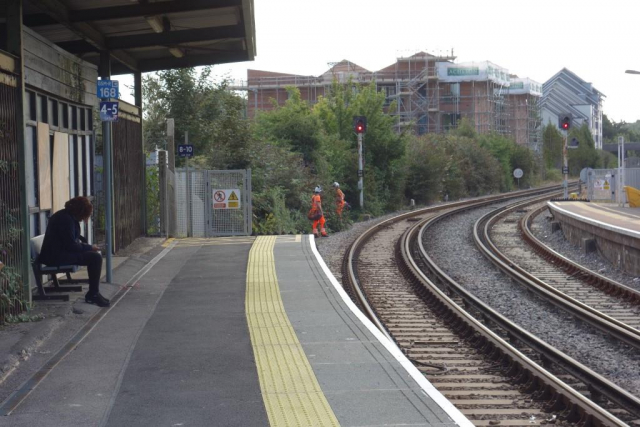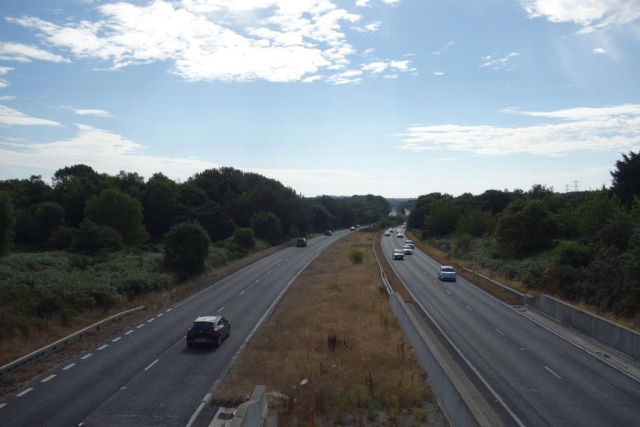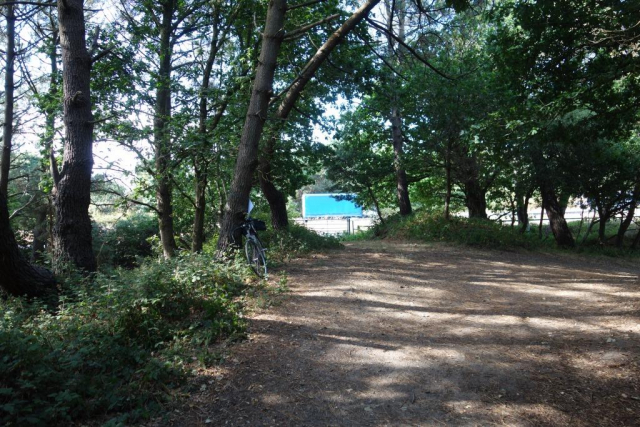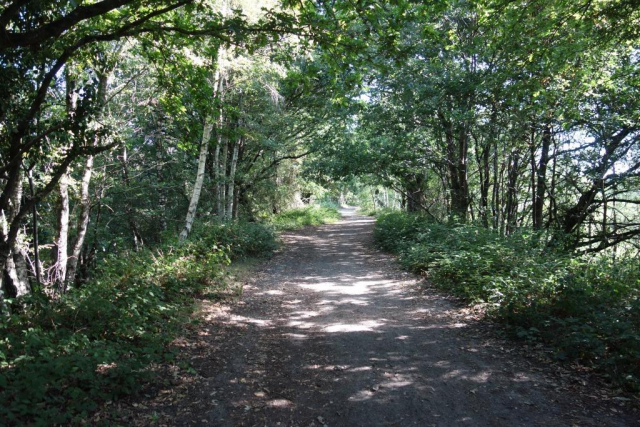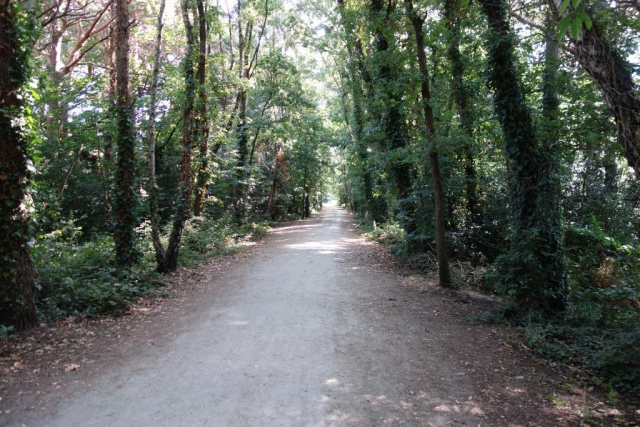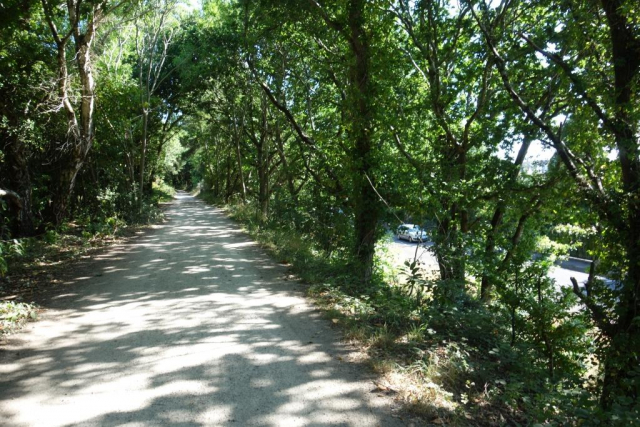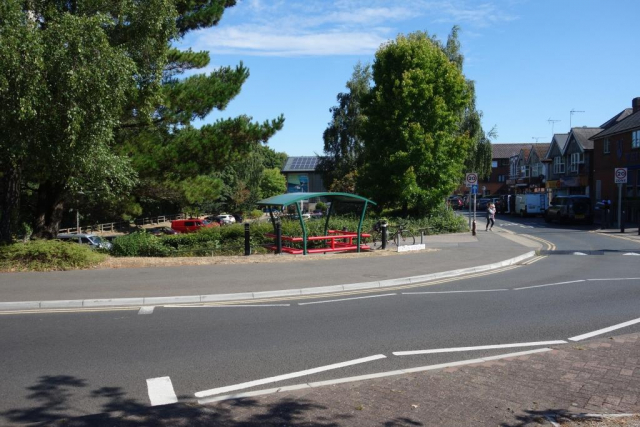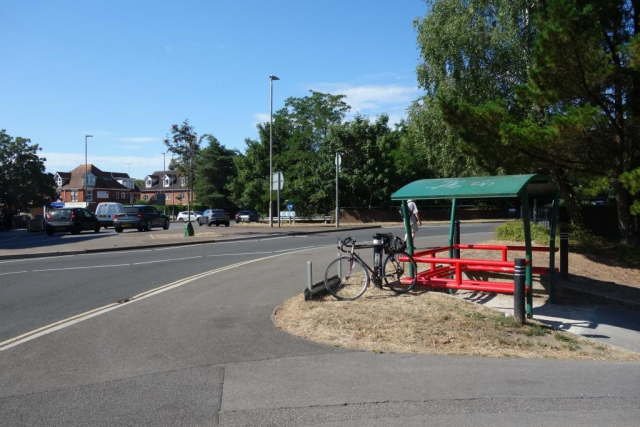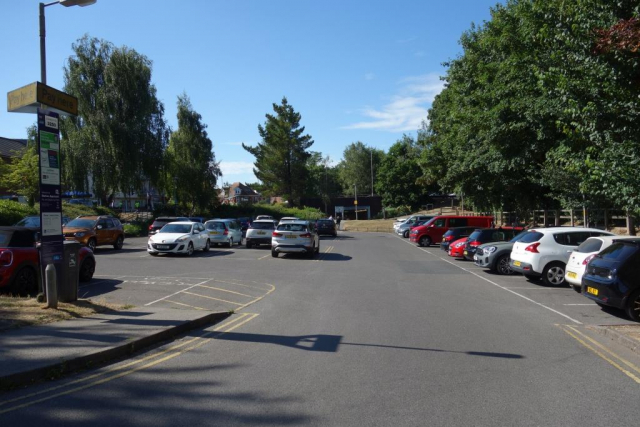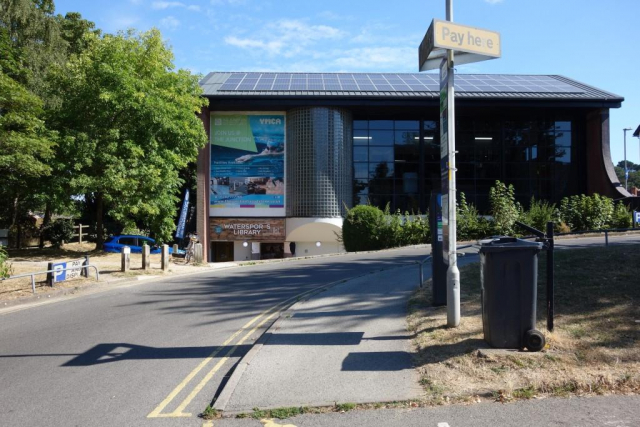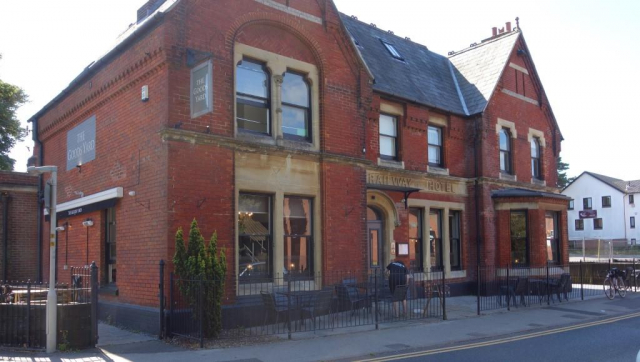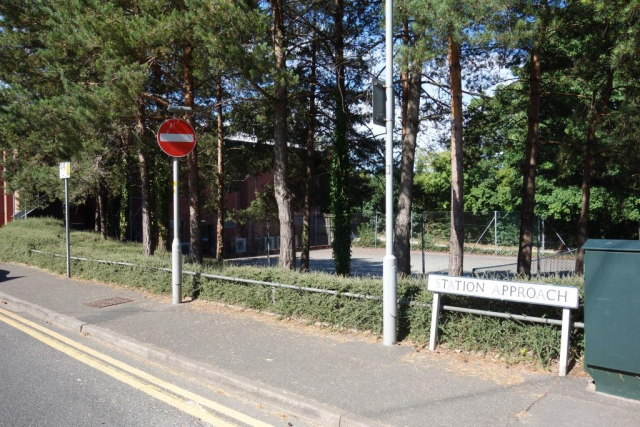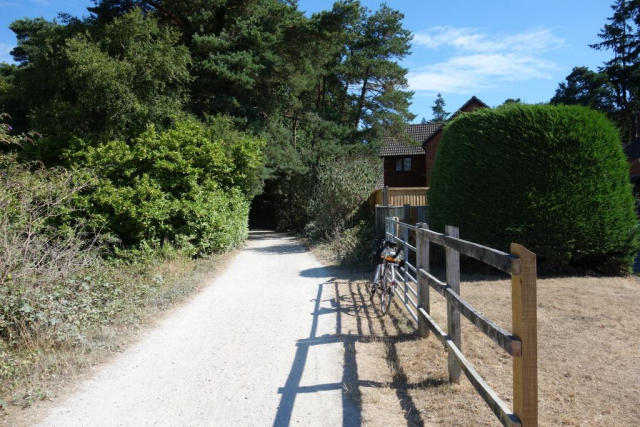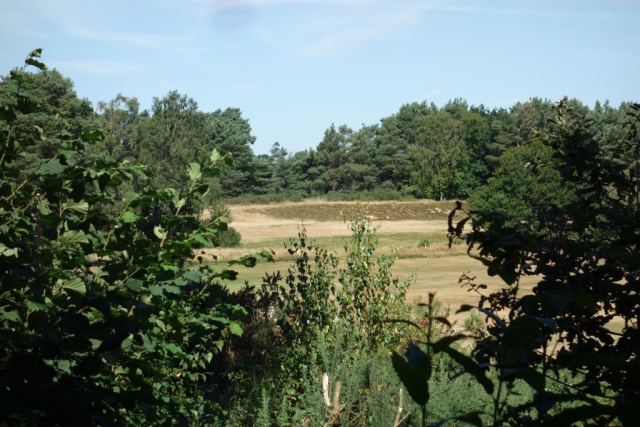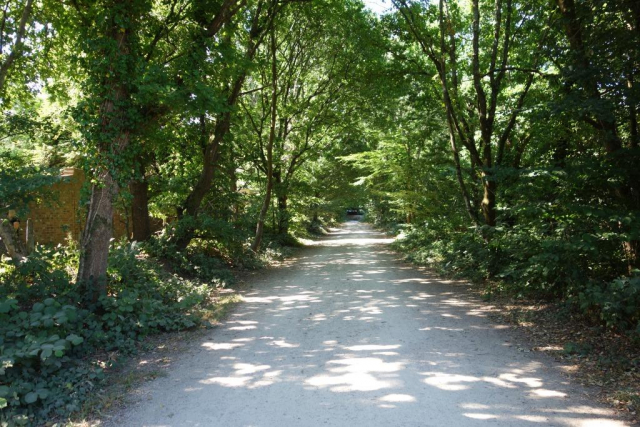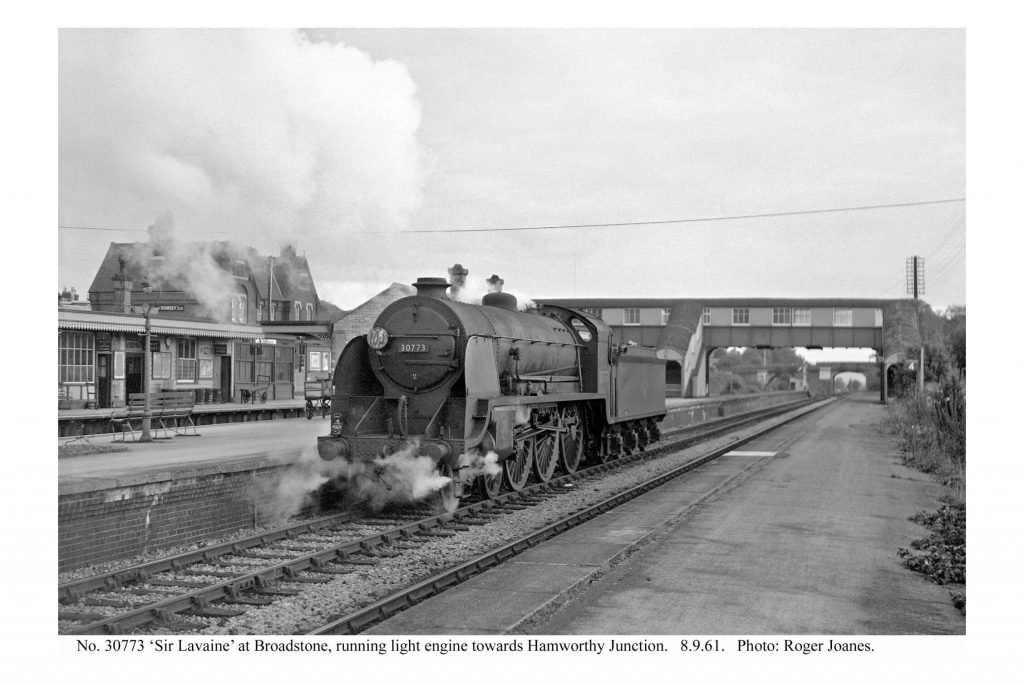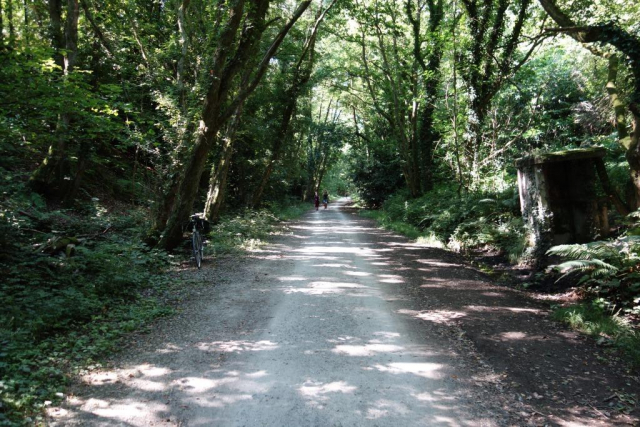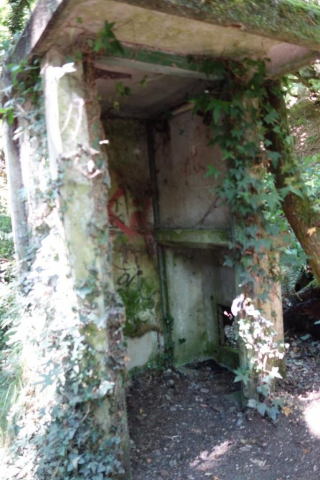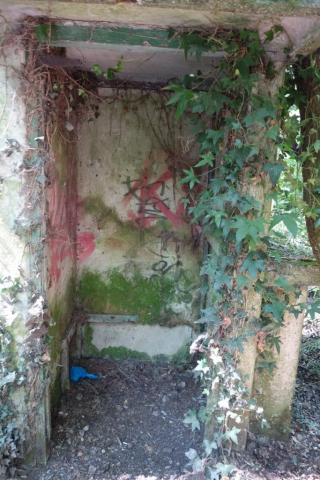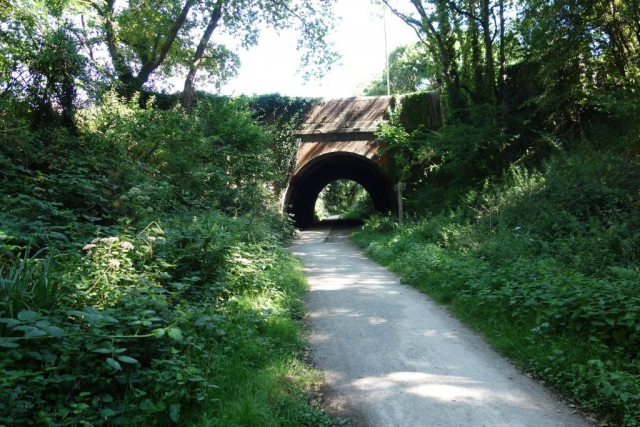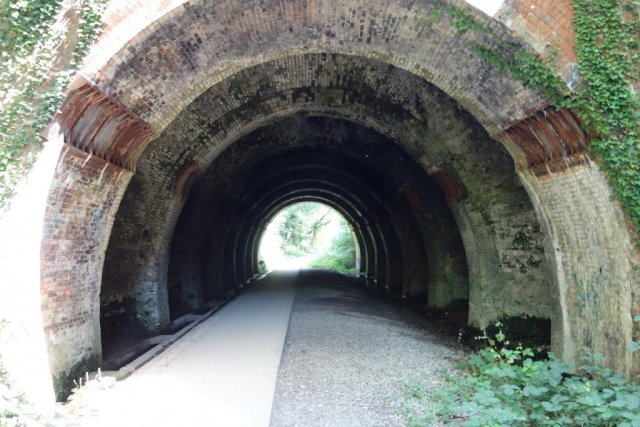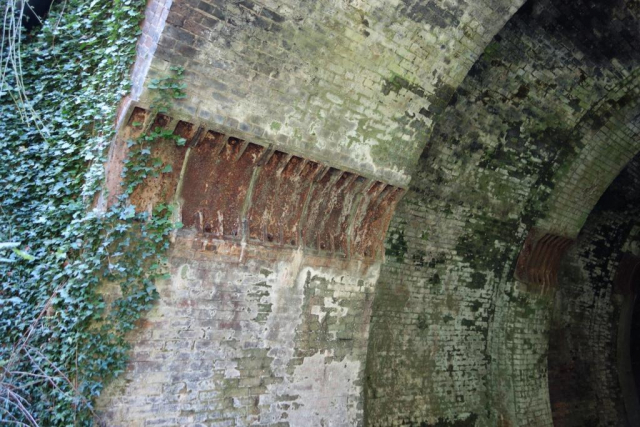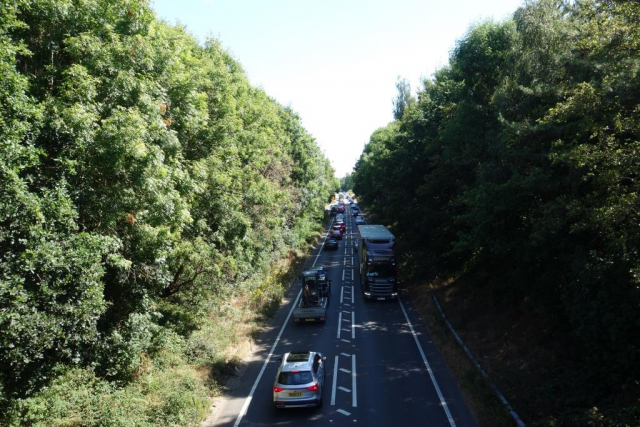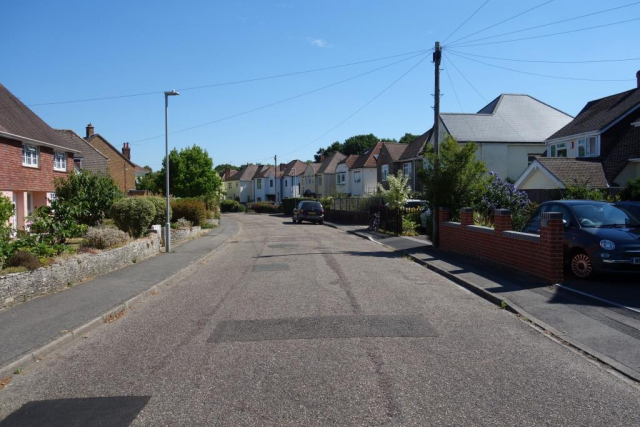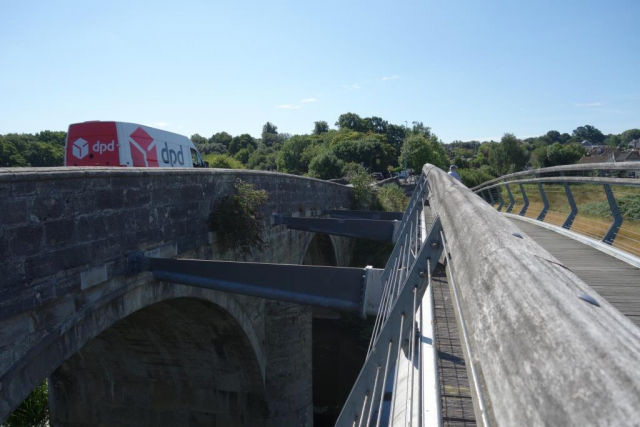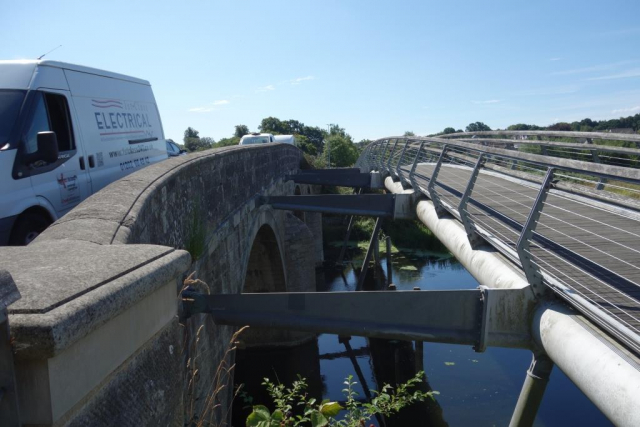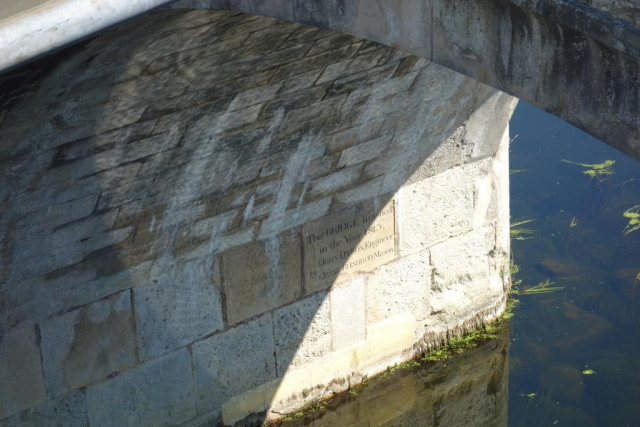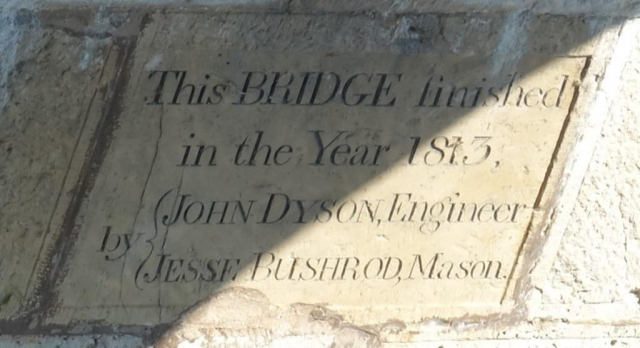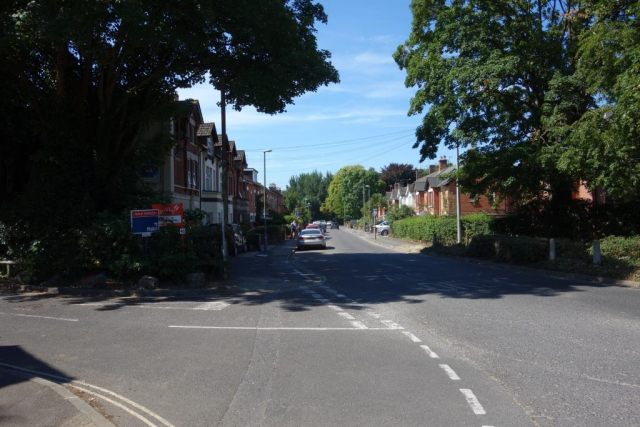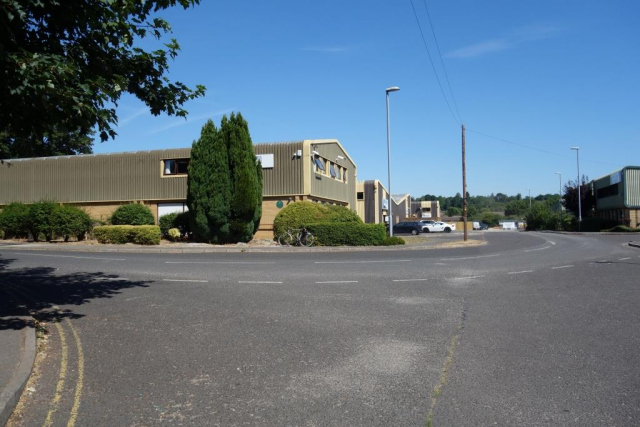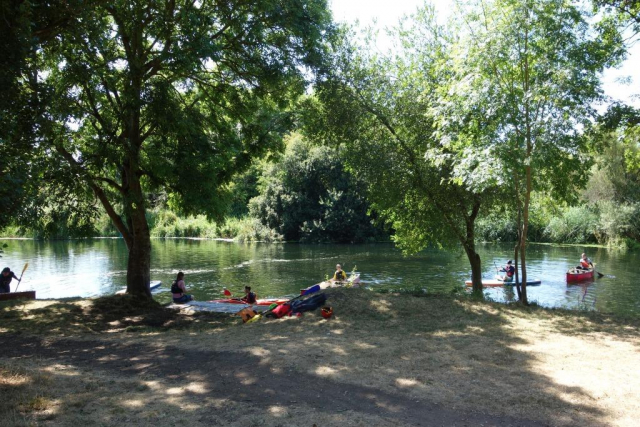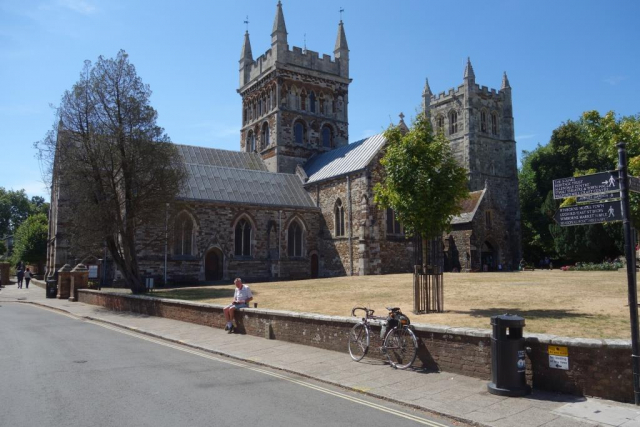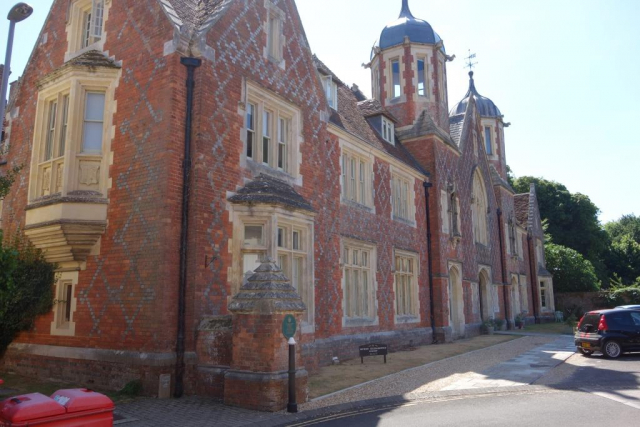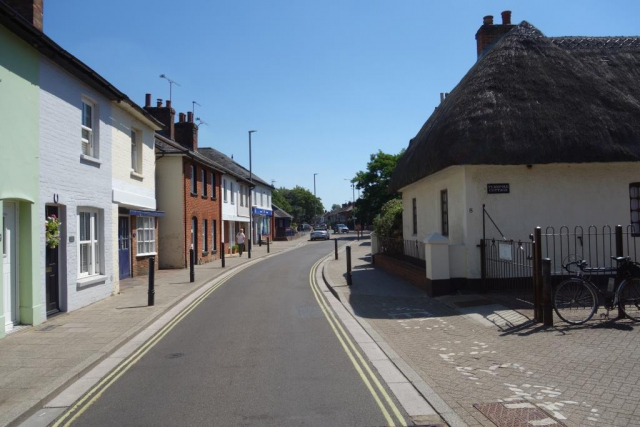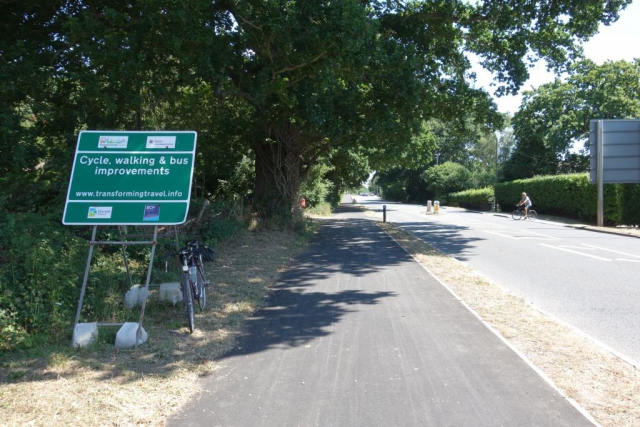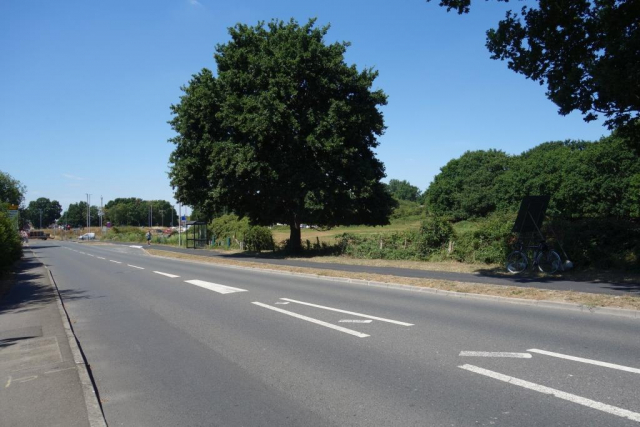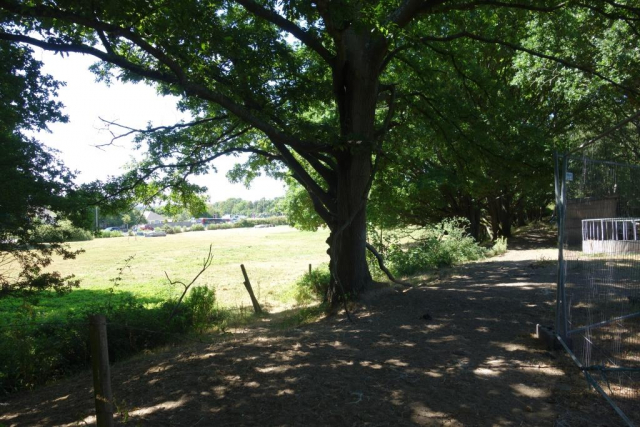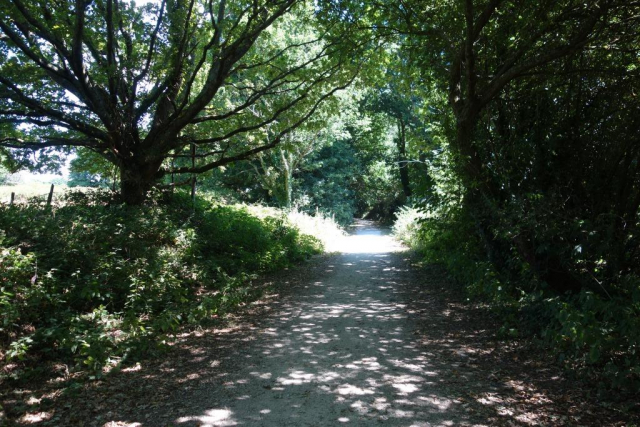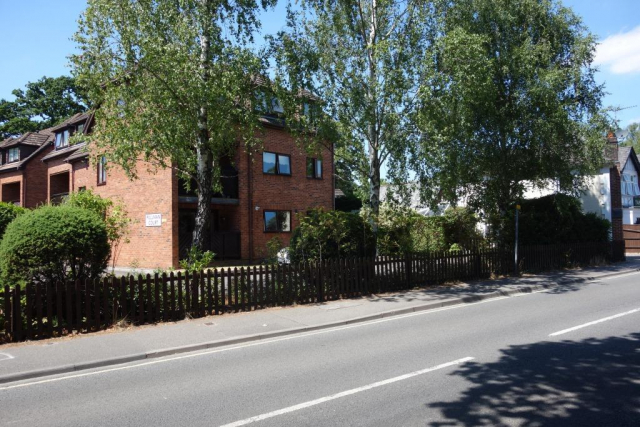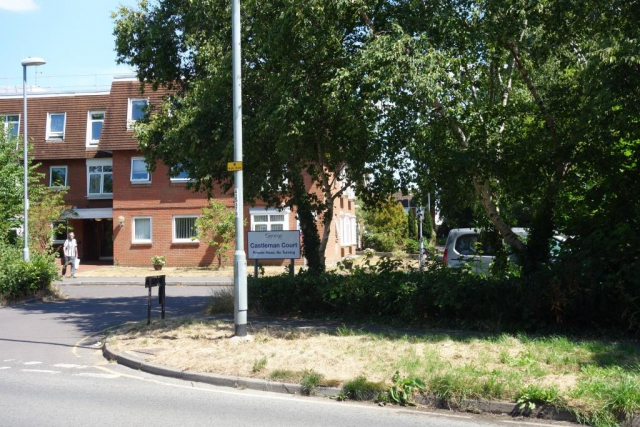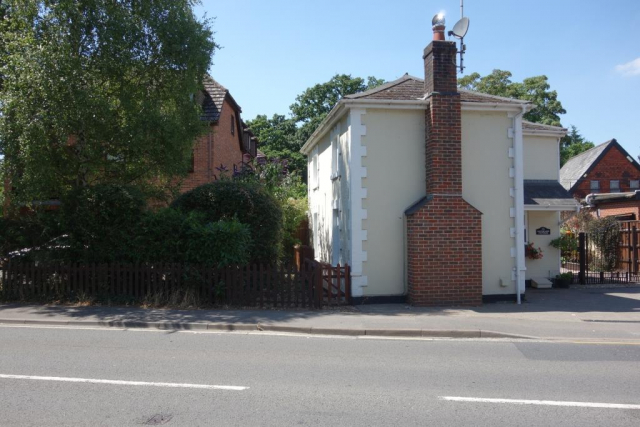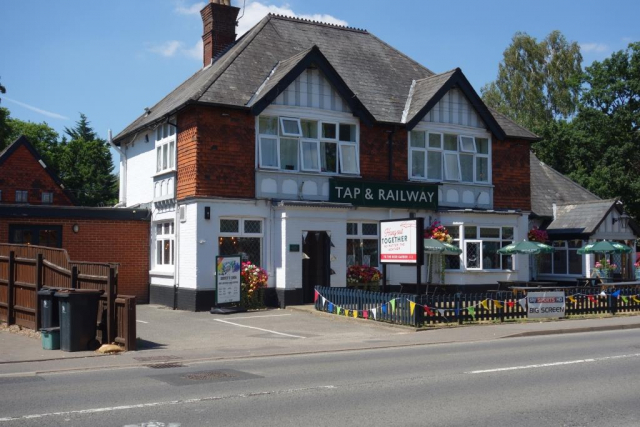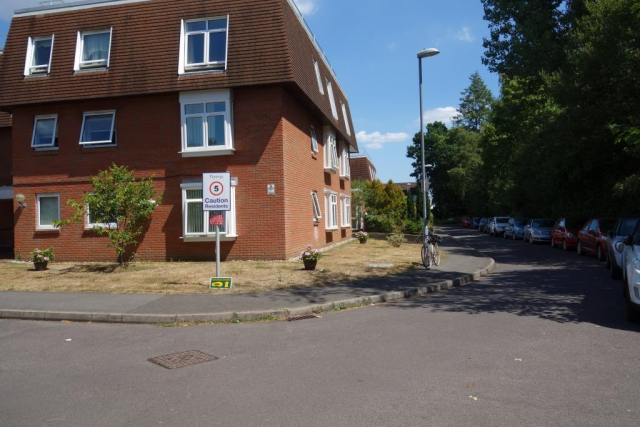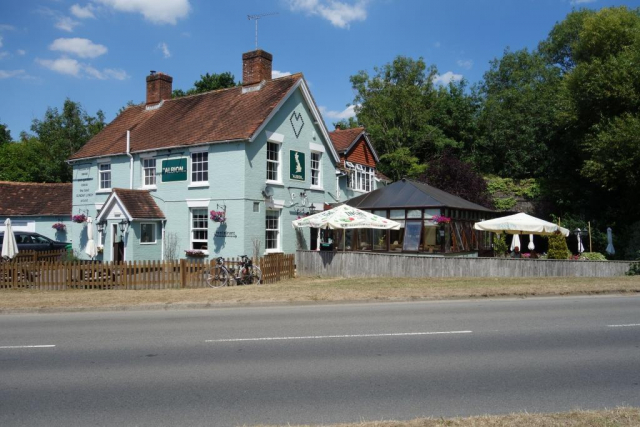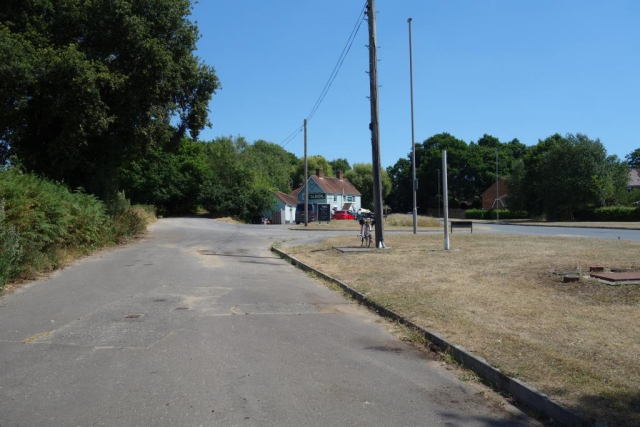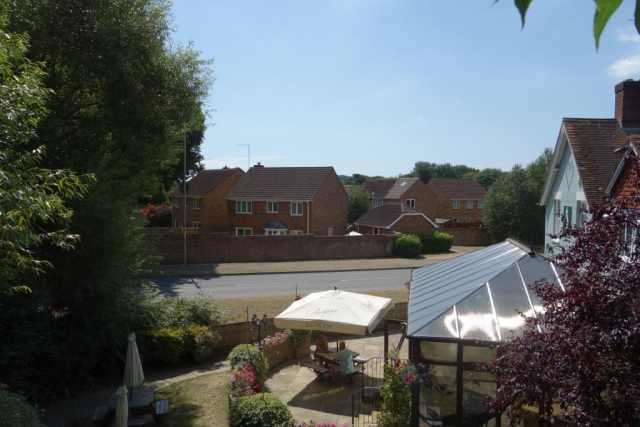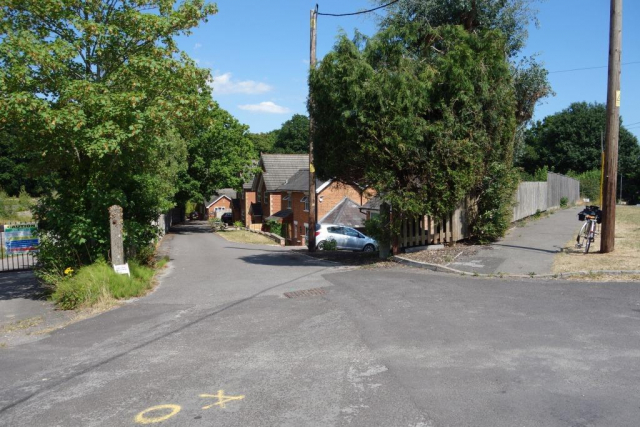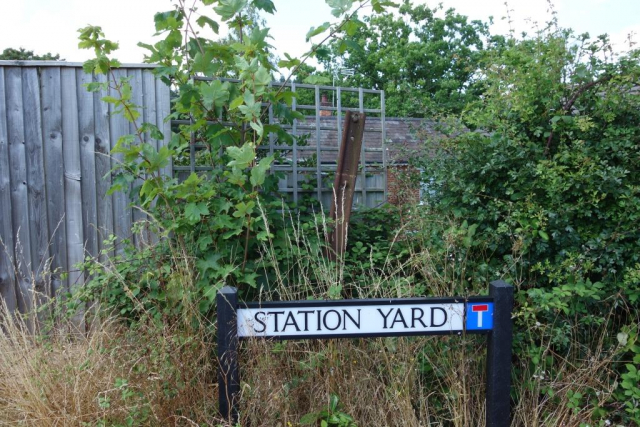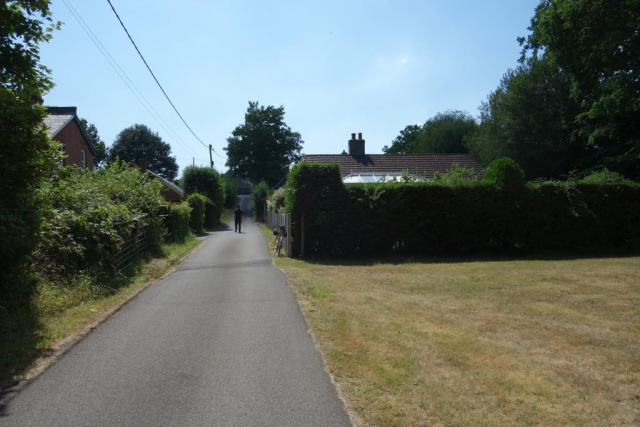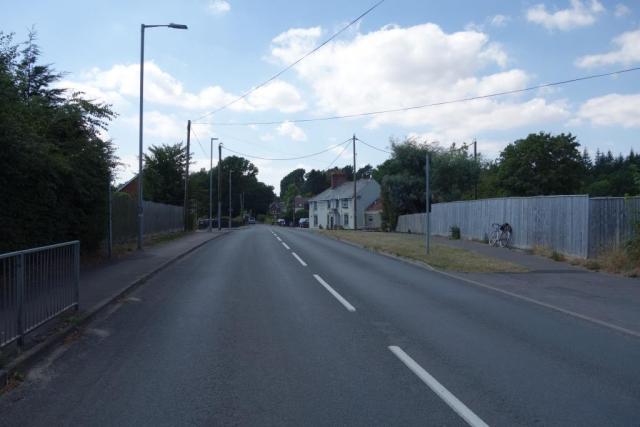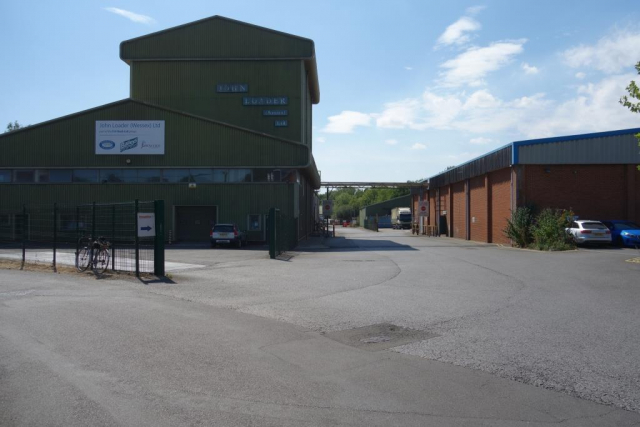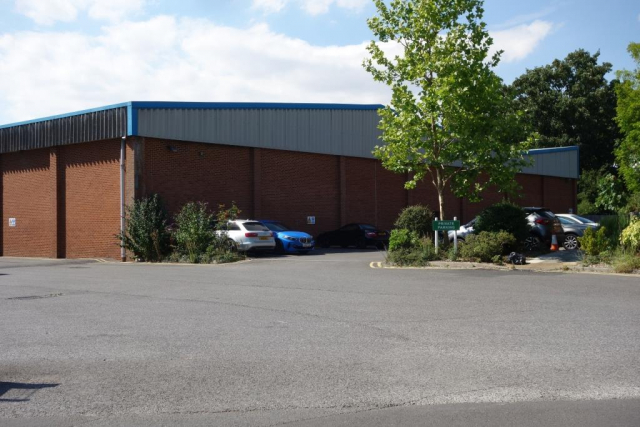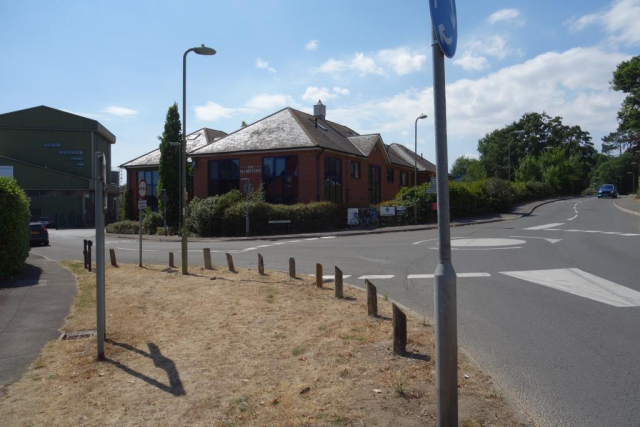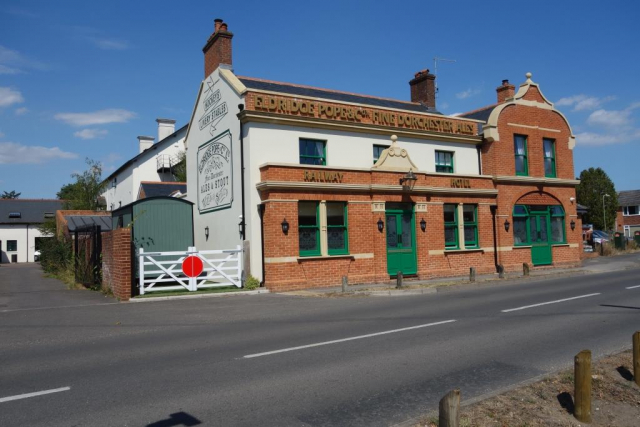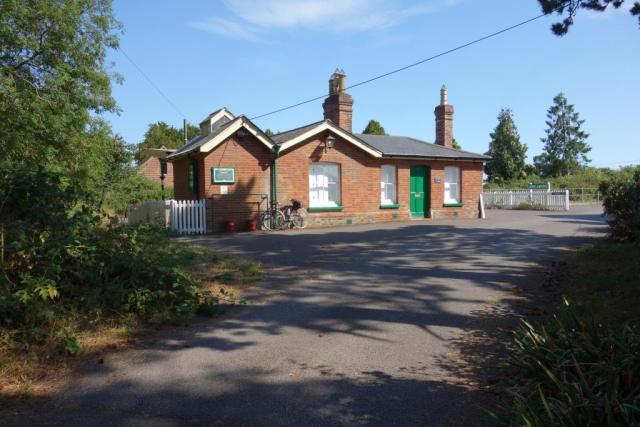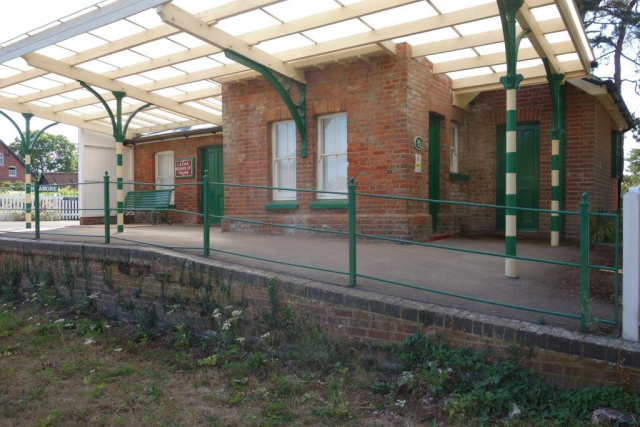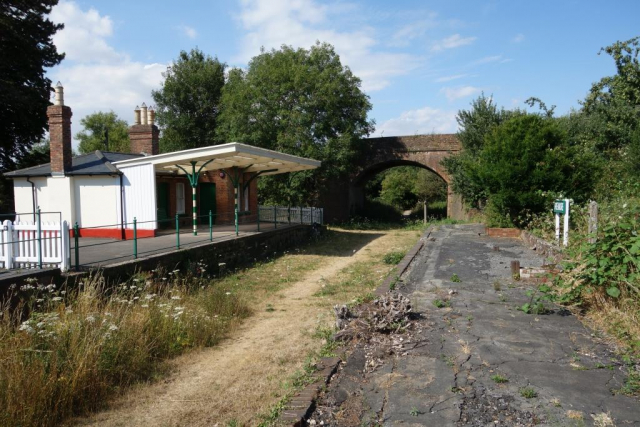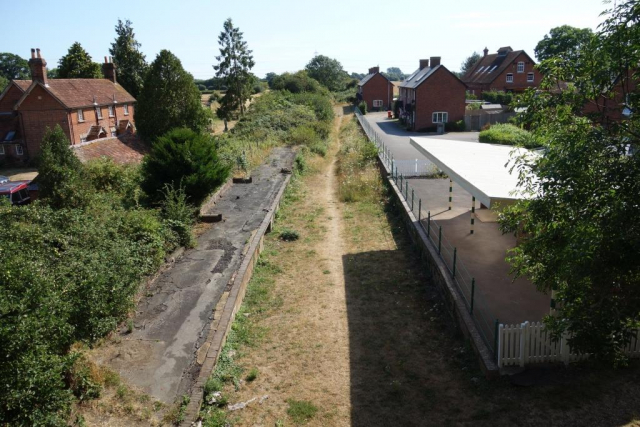After stopping at Charlton Marshall Halt in 2019, there remained only four stations in Dorset that the scout had not seen and so he intended to visit them on a ride the following year. He could not have known that it would be three years before he would again venture up the “Green Line” to complete the challenge that he had set himself.
His outing to Bridport had revived the routine and so when the utilicon left Christow at 0429 it did not seem as strange. The 0510 St. David’s got the scout to Yeovil Junction at 0615.
The member of staff, like the last time, was busying himself around the station. In the car park, where he was collecting litter, the scout complimented him on what he thought must be the best kept station. He was appreciative and told the scout he was a C.O. 2 (Clerical Officer, grade two) but couldn’t bear to confine himself to the booking office. He said that if there were a change in working practices, he would be glad to help passengers at the station in a new role. He told the scout that the huge temporary building in the former goods yard was the new traincrew block.
The scout climbed the hill from the junction and was soon following the line once again between the former Town Station and Pen Mill. With his breakfast bought from the Co-op, where he mastered the coffee machine, he settled on the platform just as the sun was coming out.
Yeovil Pen Mill
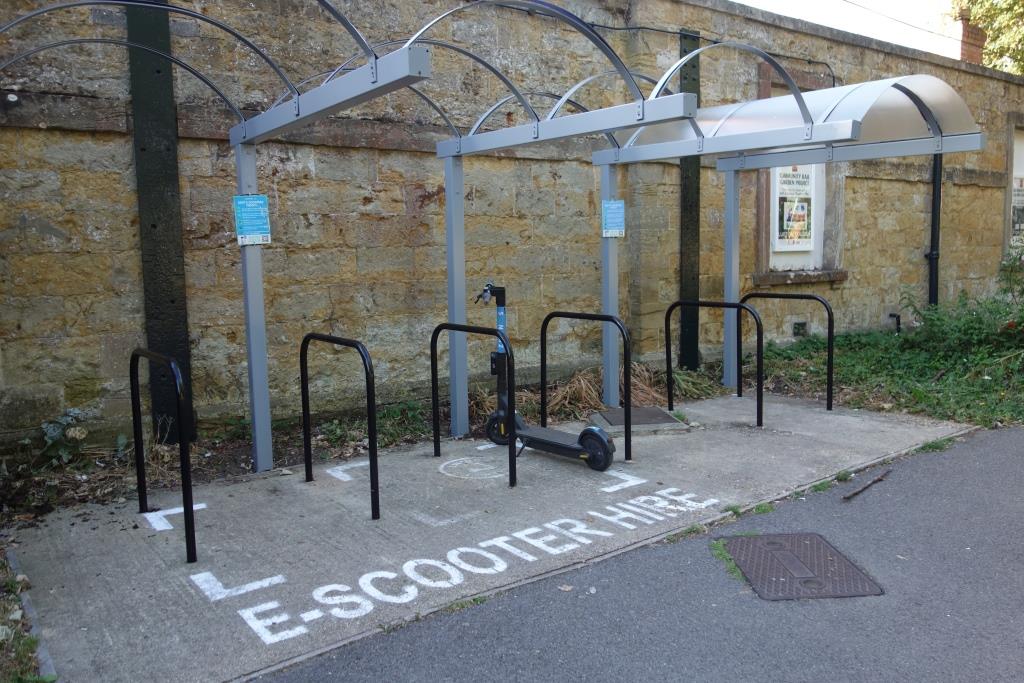
The “micro-mobility” service is provided by Zwings at no cost to the local authority but with its co-operation. The scooters are charged by a fleet technician equipped with an electric van, which explains why there are no charging points to be seen. The scooters are tracked and their movements restricted.
Pen Mill is an unusual station. Having lugged his bike over the bridge, the scout wondered how many people in the old days (before sliding doors) took a short cut through a waiting train. Hearing the signal wires snapping beneath the platform edge took him back to his youth. He despaired at the fakery of only applying corporate livery to just above eye level, no matter the tattiness of the rest.
The Westbury arrived at Dorchester West at 0809 and it was but a short hop to South Station for the 0833 to Waterloo. There was time for a quick circle of “Brewery Square,” where, despite the drought, pavements were being pressure-washed to keep them looking pretty for the next lot of puke.
Dorchester South
The station was the terminus of the Southampton & Dorchester and was aligned to allow continuation west to Exeter. It was later connected to the Wilts., Somerset & Weymouth by a severe curve, avoiding Maumbury Rings, a Neolithic henge.
The scout, not spending his every waking moment staring at a tiny, controlling screen, as usual was watching the goings-0n in the real world. Two men from the “Off Track Maintenance” contractor were preparing themselves and the scout wondered what they had been ordered to do; surely they were not here to cut the grass. Eventually, each with a fag in his mouth, they made their way to the end of the platform, one armed with a battery-electric hedge trimmer; the other with a bag, possibly containing more batteries. The one with the tool set about vainly cutting the buddleia while the other acted as lookoutman. It’s easy to see why the railway has become such a ridiculously high cost industry.
What a joy it was for the scout to be on an electric train, not having to listen to howling diesels beneath the coaches.
At 0900, the scout was on the platform at Hamworthy, surprised to see a smiling member of staff. He told the scout that he did a short morning shift in the booking office. It was quickly obvious from his knowledge of history that he was an enthusiast; a volunteer with the Swanage Railway as it turned out. He talked of ticket sales and his future role, re-laying being done on the Hamworthy Branch and the strikes. He confirmed what the scout thought he had spotted: that the overbridge carrying the line from the former cordite works at Holton Heath to its quay had been removed.
With three railways having the same two initials, there could be some confusion, so they will be referred to as: S. & D. (Southampton & Dorchester), S. & D.Jt. (Somerset & Dorset Joint); and S. & D.Jn. ( Salisbury & Dorset Junction).
The first part of the ride had been done in 2019, when the scout had followed the S. & D.Jt. from Broadstone.
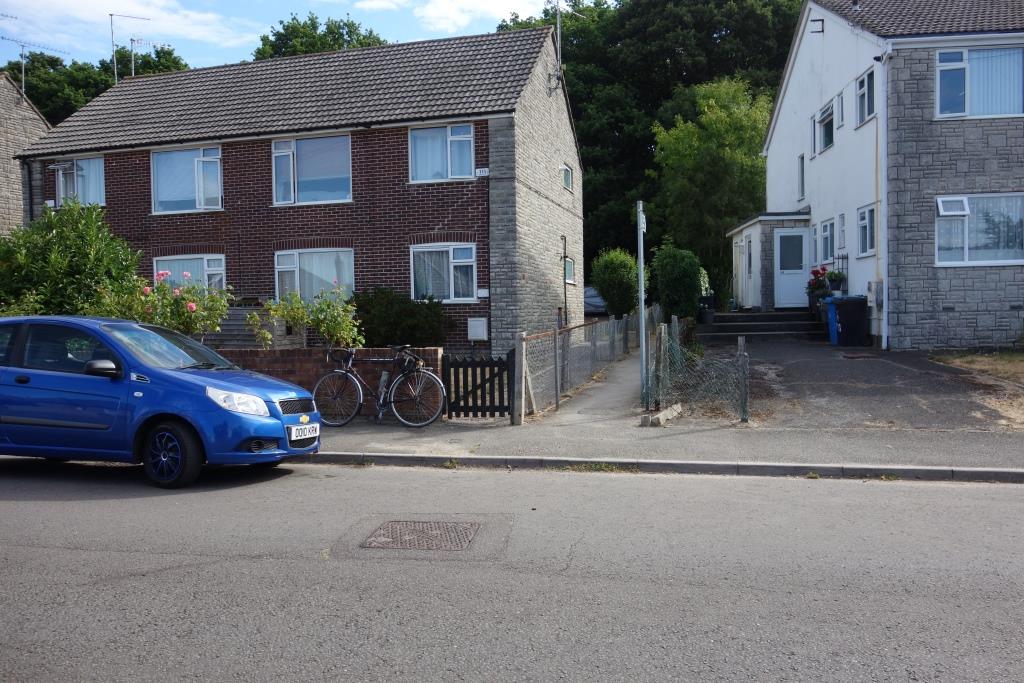
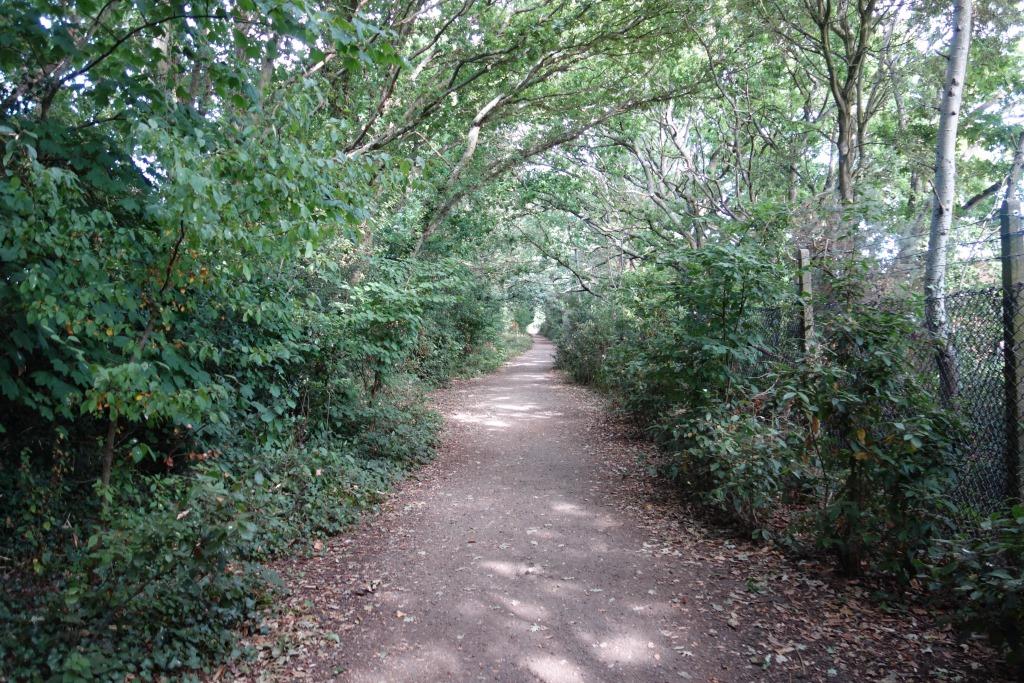
The railway formation soon peters out and the scout rode through drab housing towards the roar of the A35 dual carriageway.
Broadstone
The scout had gone in the direction of the Corfe Mullen Curve last time; now he was on new ground. At what must have been the position of Broadstone’s Down distant, a Southern fog hut stood.
There is nothing left of Wimborne Junction, where the original S. & D.Jt. connected with the Southampton & Dorchester. However, there are often tell-tale signs that a railway is, or was, nearby. Before the Corfe Mullen Curve was built, trains from Bath had to run into Wimborne and reverse.
There are no refuges on Canford Bridge over the Stour, so it would have been madness to try looking from it towards the site of the railway bridge, just downstream. The pedestrian attachment is ghastly and was made necessary because motor traffic must never be slowed or restricted to allow passage of those with the inalienable right to do so.
Just over the river, Station Road is a right turn.
Wimborne
The scout went along Avenue Road and into town, thinking of all the tourists and trippers that must have taken the same route from the station; not since it closed in 1964 would any have done so.
The railway continued to West Moors until 1974 and Wimborne remained connected until 1977. Authority doubtless wasted no time in removing the railway underbridge on Leigh Road.
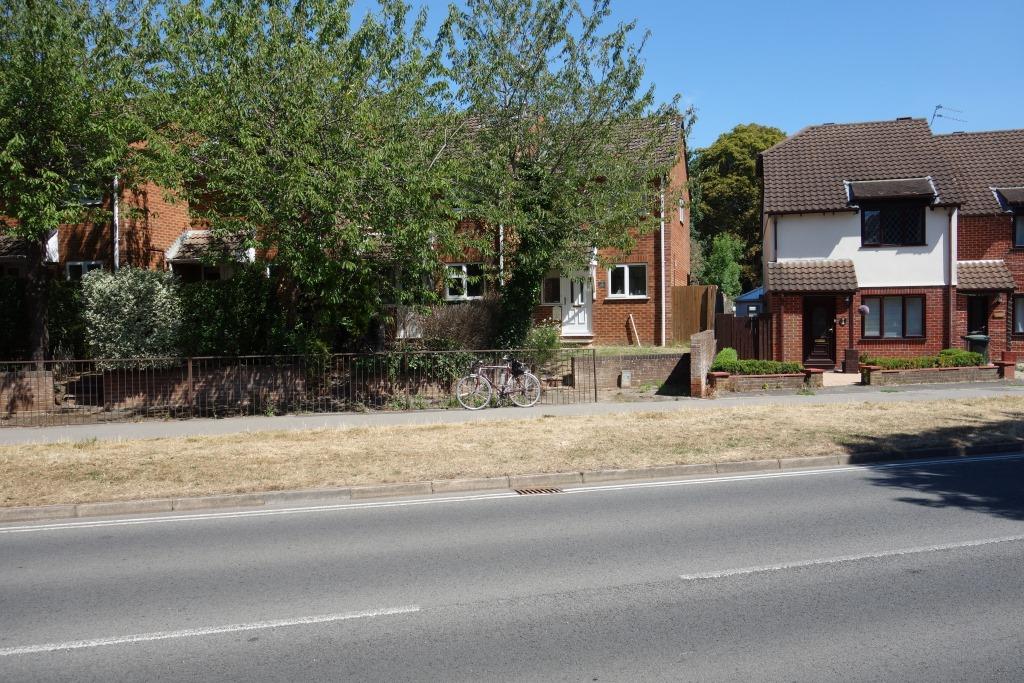
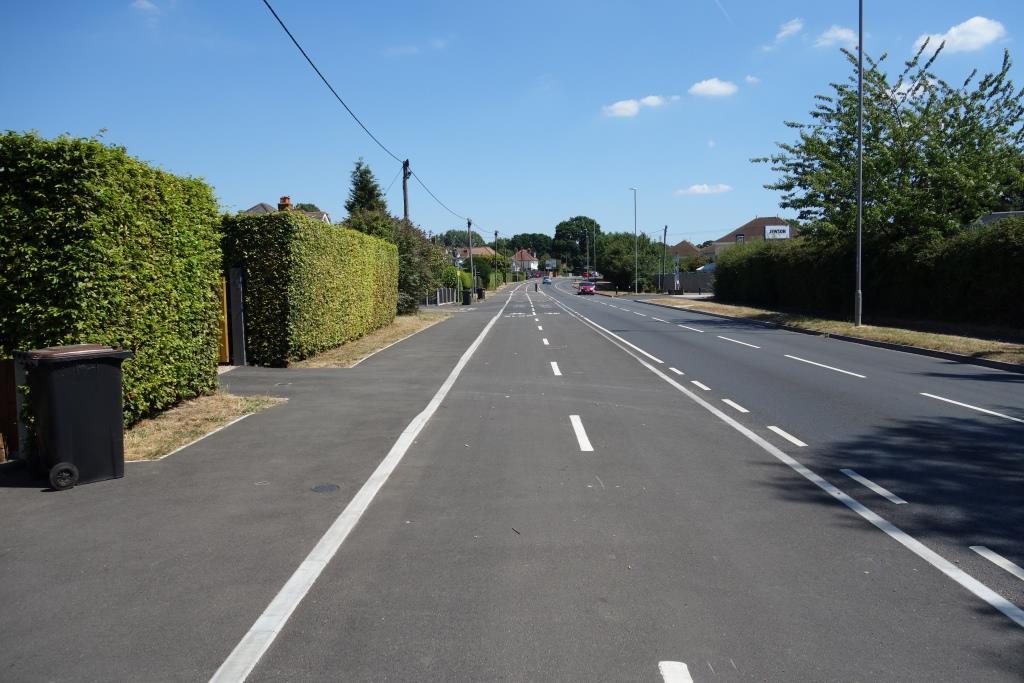
A pedestrian path, generous two-lane cycleway and a wide enough carriageway, separated by low kerbs is surely an impossible standard to achieve in most British situations.
And it was flawed: a low-loader was parked across the cycle lanes behind the camera and at the roundabout further on, the nervous rider would have had to use six crossings to reach the other side.
Of course, the scout simply mutters “to hell with it” and follows the roundabout.
To speed the ride, the scout did not bother looking for a convoluted path close to the line, but skirted around and came into West Moors along Station Road.
Having said how the experienced tracker looks for signs, the scout then disgraced himself by missing four glaring giveaways. He stopped only a little further on and thought: “The station must have been about here.” In his defence, it was very hot.
West Moors (for Ferndown)
A path on the course of the line led to some dreary housing, smothering the former junction.
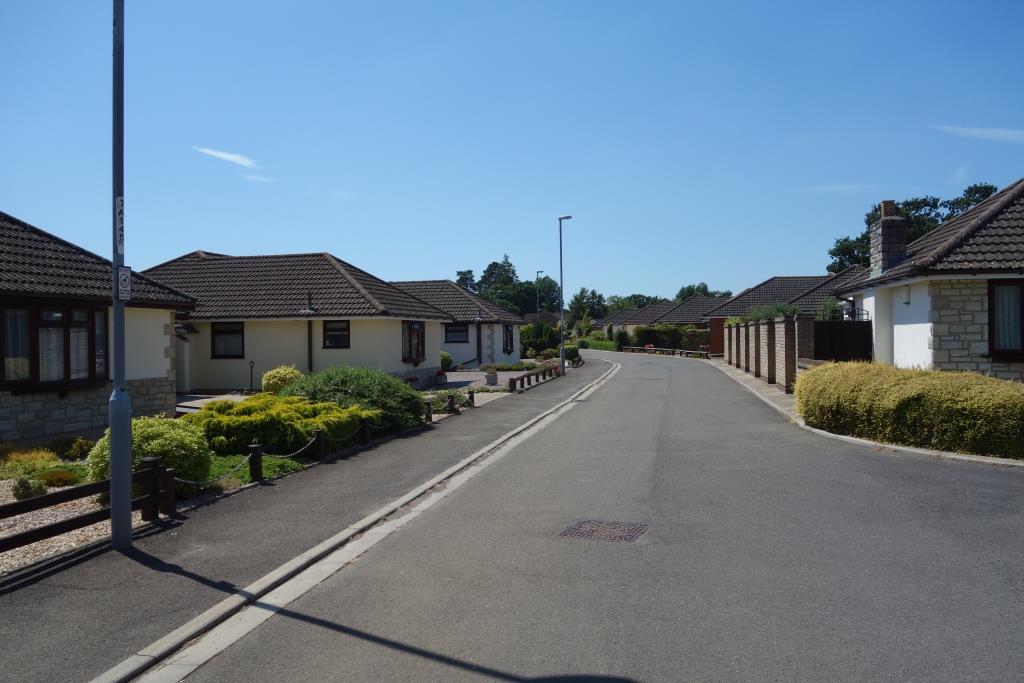

In his haste, the scout missed Newman’s Lane Crossing on the main road. He could have turned off and seen Revel’s Crossing not far from the main road. He did find the course of the line at Three Legged Cross.
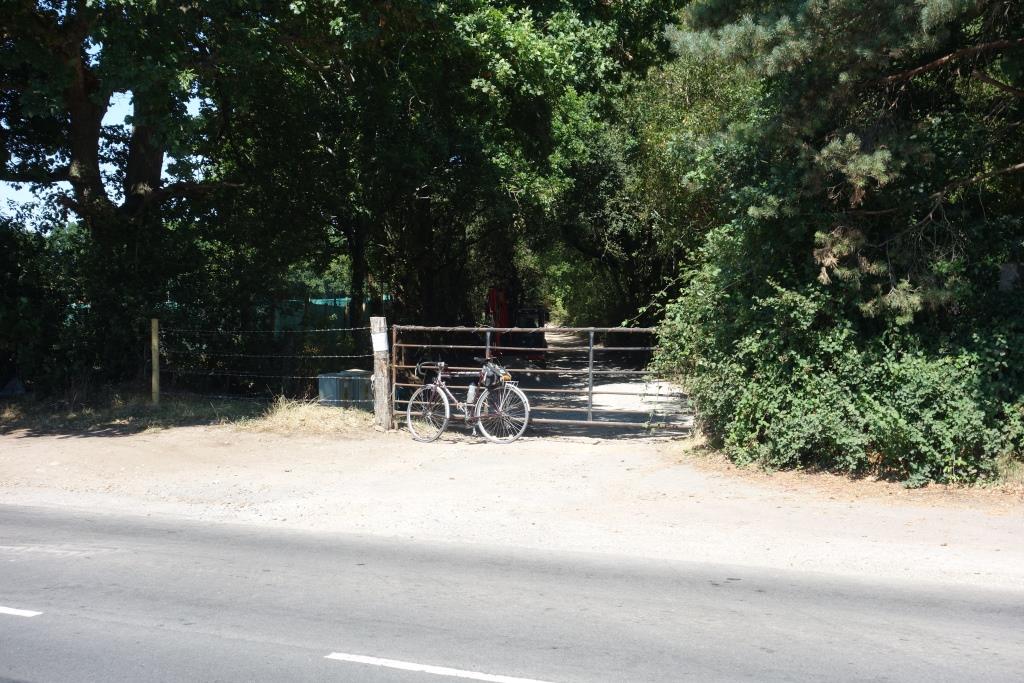
Verwood
The quiet back road from Verwood crossed the line of the railway and went on to the B3078 at Cripplestyle. This road brought the scout to the next station, where there was no fanfare.
But for the plague, this ride would have been done two years ago and the scout would have ticked off the last four stations in Dorset; he could then have said that he had been to all the stations in the four counties of the West Country.
A great many of those were reached in the same way as Daggons Road: by wheeling, self-powered, across country. Yet, how could the scout’s arrival here qualify as a moment to celebrate? Only 125 (23%) of the 553 stations he had now visited remained open.
Daggons Road (No. 553)
The former Station Master’s house had been on the market a few years before with an asking price of £400,000. Conveniently, it was said to be 11 or 12 miles from Salisbury, Christchurch or Hinton Admiral stations; as if this was of any concern to prospective buyers of the double garage included in the sale.
The scout wondered if the station was Daggons Road, rather than Alderholt, to avoid confusion with a garrison town.
Conveniently, there was a Co-op just along the road (by Charing Cross), but the scout, although having promised himself lunch when he had bagged his last station, chose to press on to Fordingbridge.
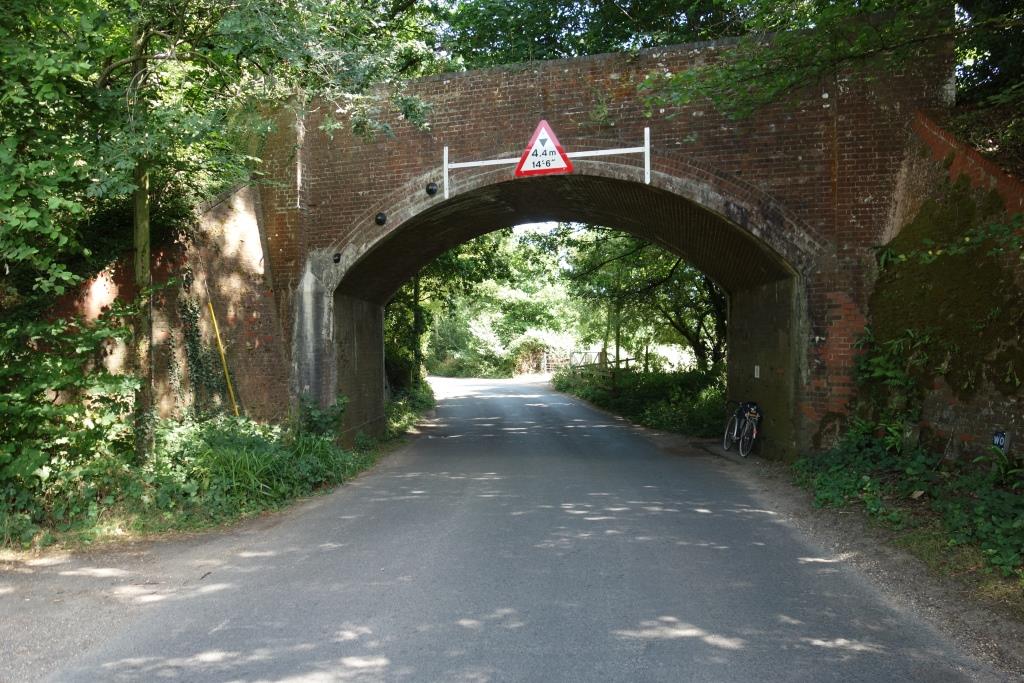
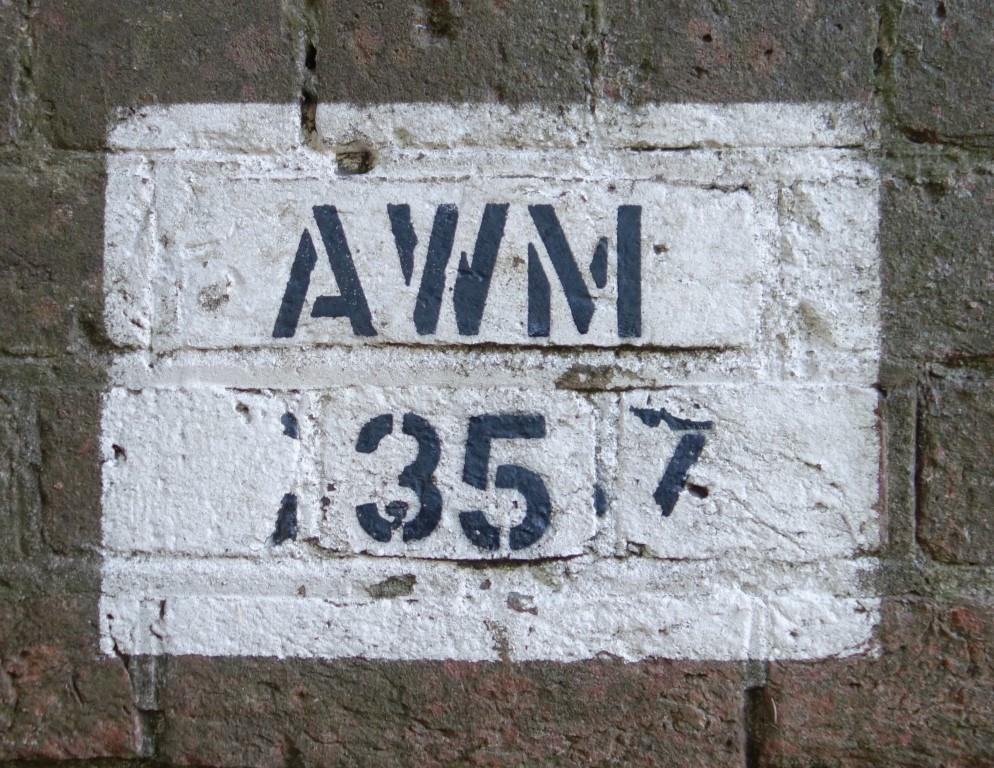
He turned off the 3078 to see this bridge, heavily repaired in recent years, by the look of it. The Engineer’s Line Reference is “Alderbury Junction to West Moors.” It is not clear whether the figure is a structure number or part of a mileage.
The scout again turned off the main road onto a lane which took him to the next station, just over the border in Hampshire.
Fordingbridge
The scout found the Co-op and bought his late lunch. The riverside park and river were alive with families enjoying the sun, but all the scout wanted was shade, which he found beside the Victoria Rooms in Bridge Street.
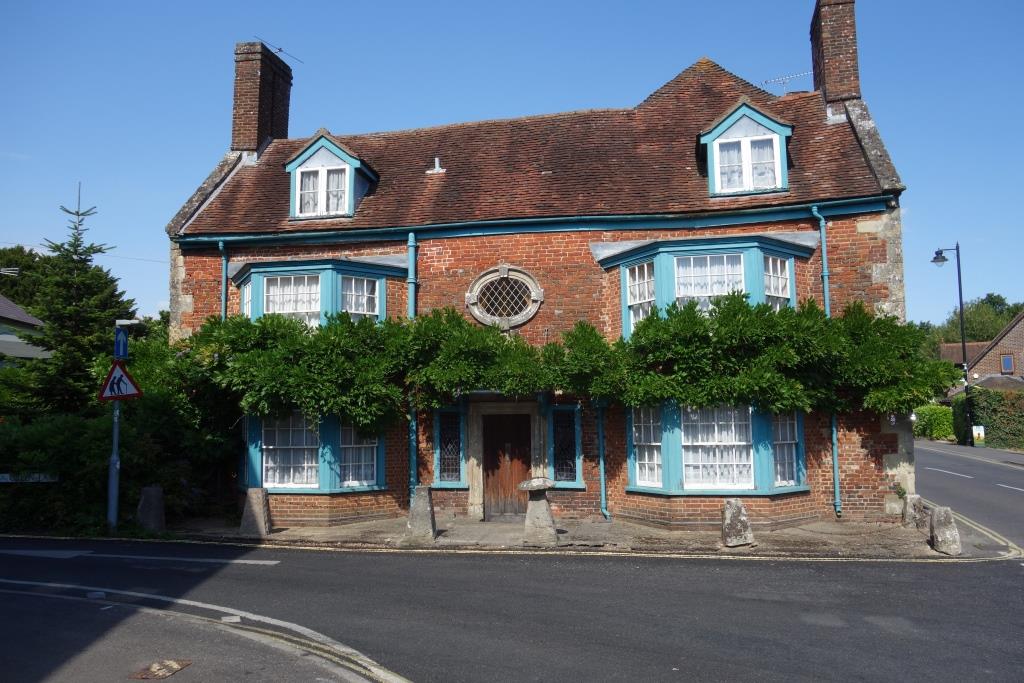
Breamore
On either side of Braemore for a mile or so, the railway forms the boundary of the New Forest National Park, the youngest of fifteen, only being designated in 2005.
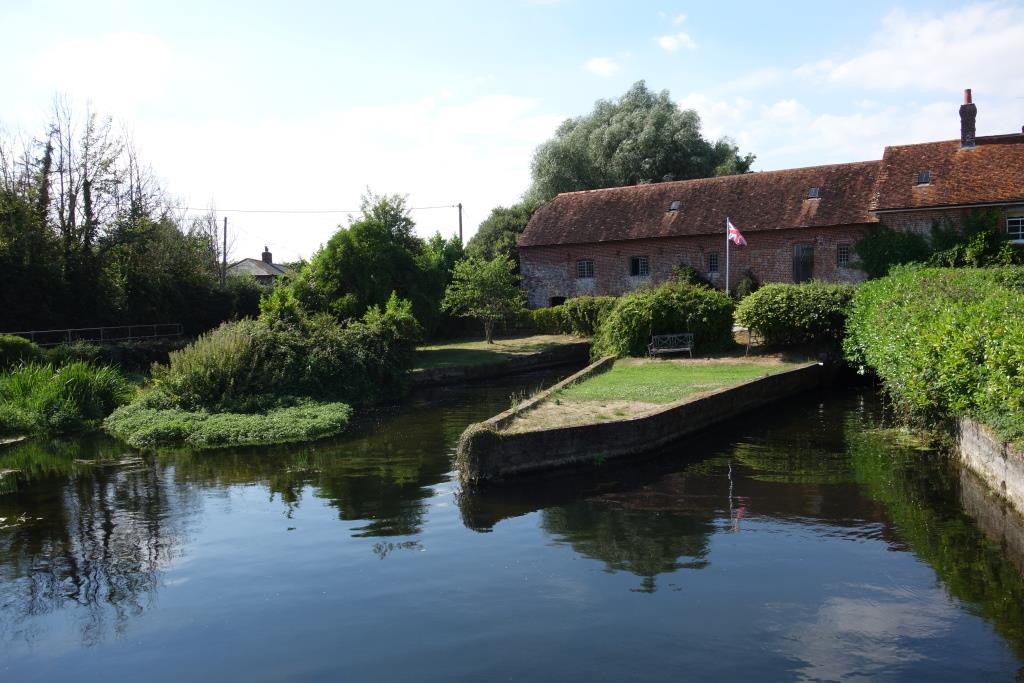
The scout rode on via Woodgreen and a pleasant back road, crossing into Wiltshire. He entered Downton just below the station.
Downton
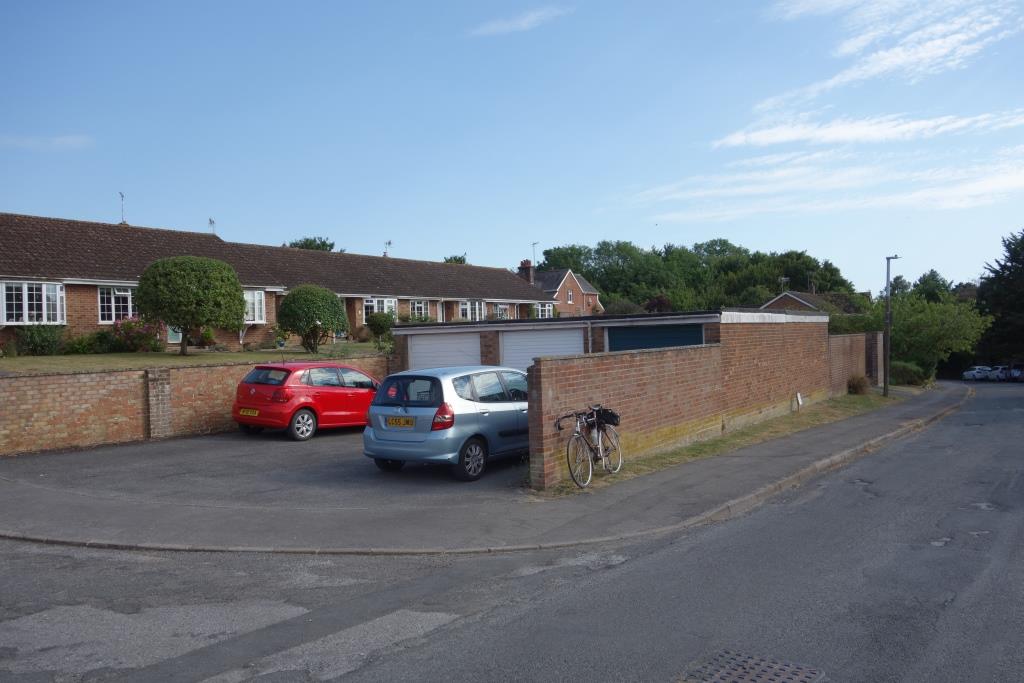
The station building lay just off camera at left. the tracks were where the bungalows are now. The Station Master’s house can be seen at centre.
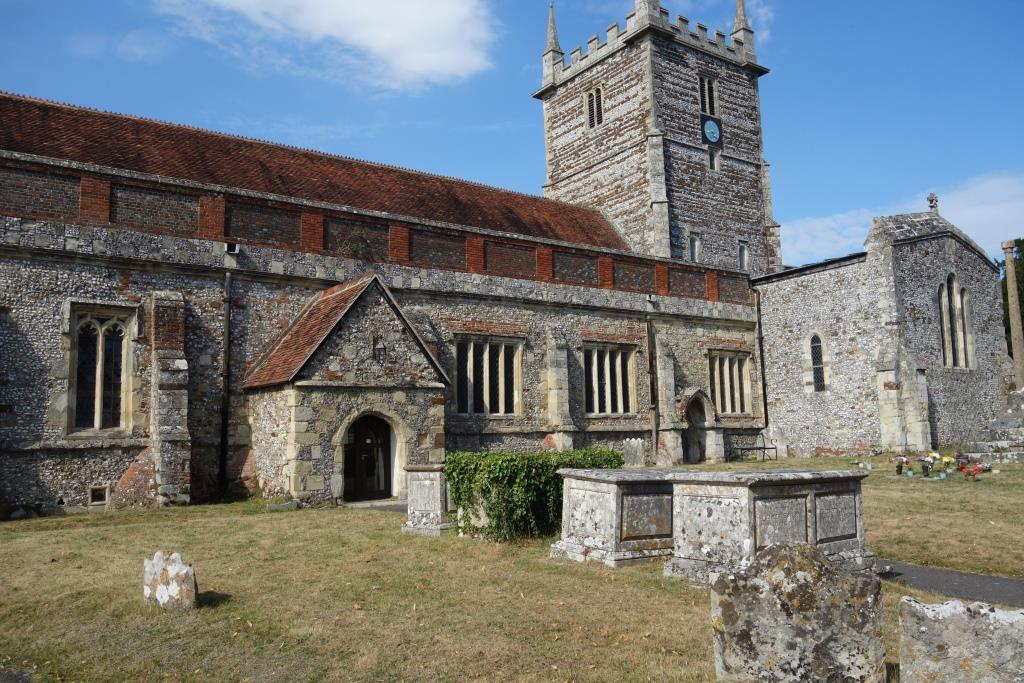
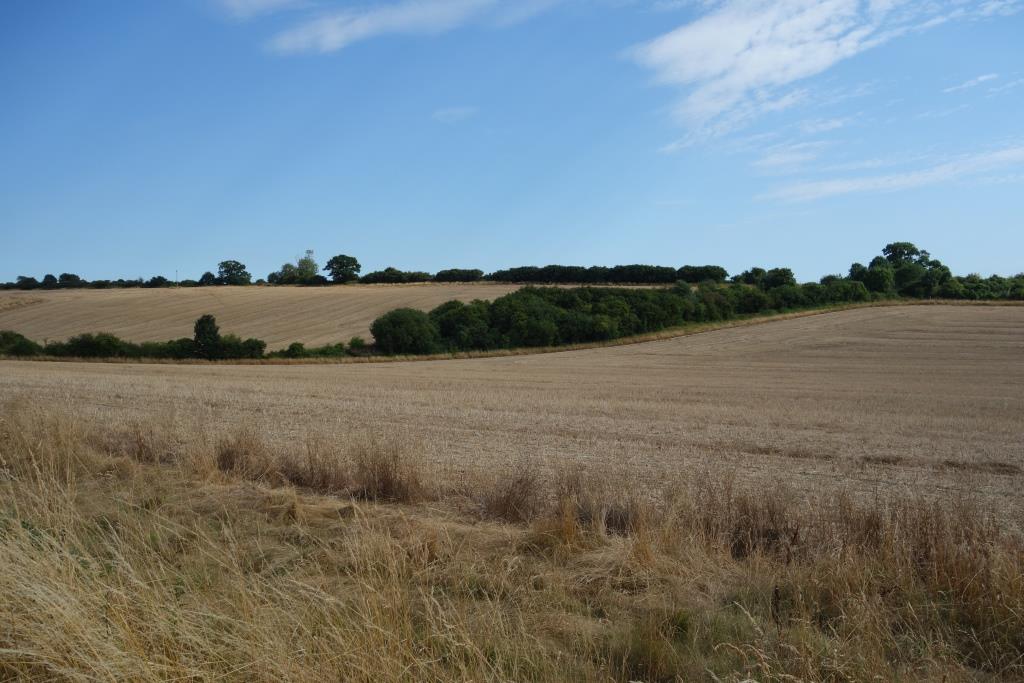
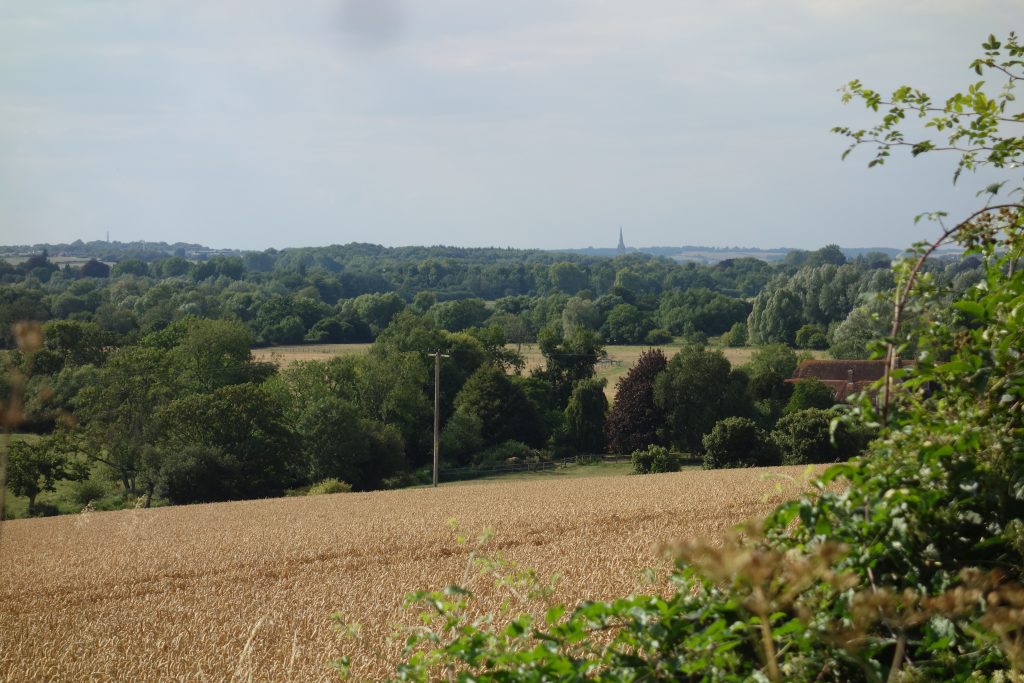
The scout had intended to get close to Alderbury Junction, the start of the Salisbury & Dorset Junction, but it looked not to be possible. Instead, he continued into Salisbury and found himself being swept along the major roads. He left this motoring madness and wove his way through back streets to the centre.
It had been ages since he was last here and he was not familiar with the place. The thought of a cup of tea and a bun at the station caff outweighed a stroll around the city streets. When he rolled up to the station at 1745, the departure board showed a train home at 1754. He called it a day.
Sarum to Central
The 1621 Waterloo arrived at Central Station at 1945. The utilicon returned to Christow at 2018. The scout had ridden 57 miles.
In the course of the day, he had passed 16 junctions. Only four remain open.

